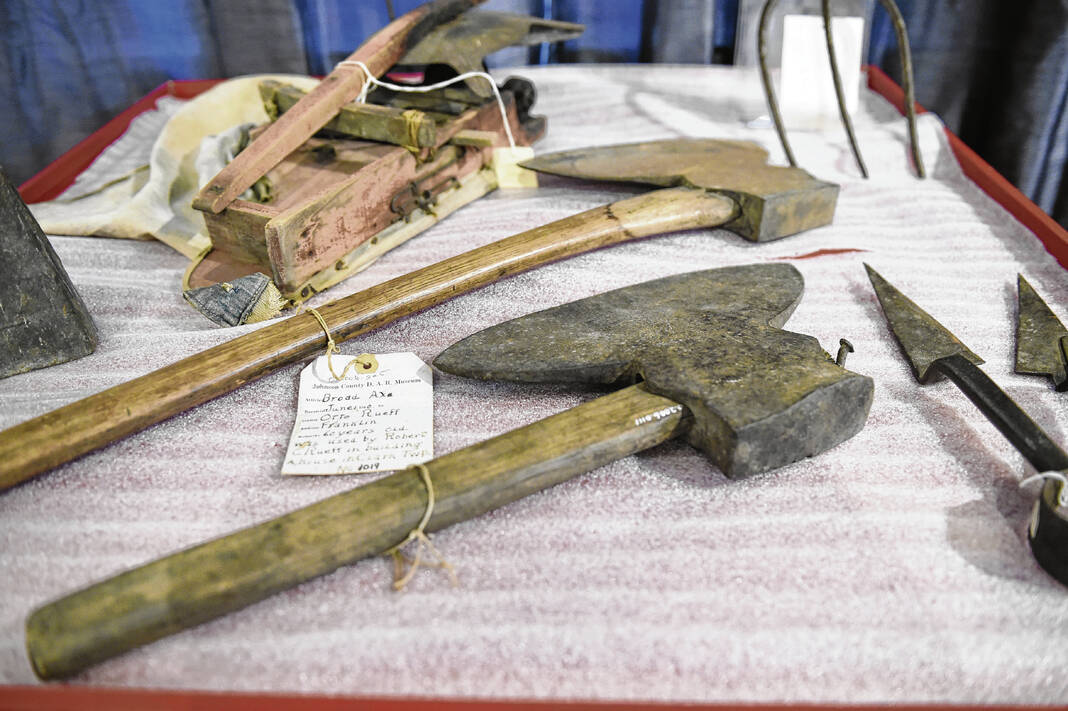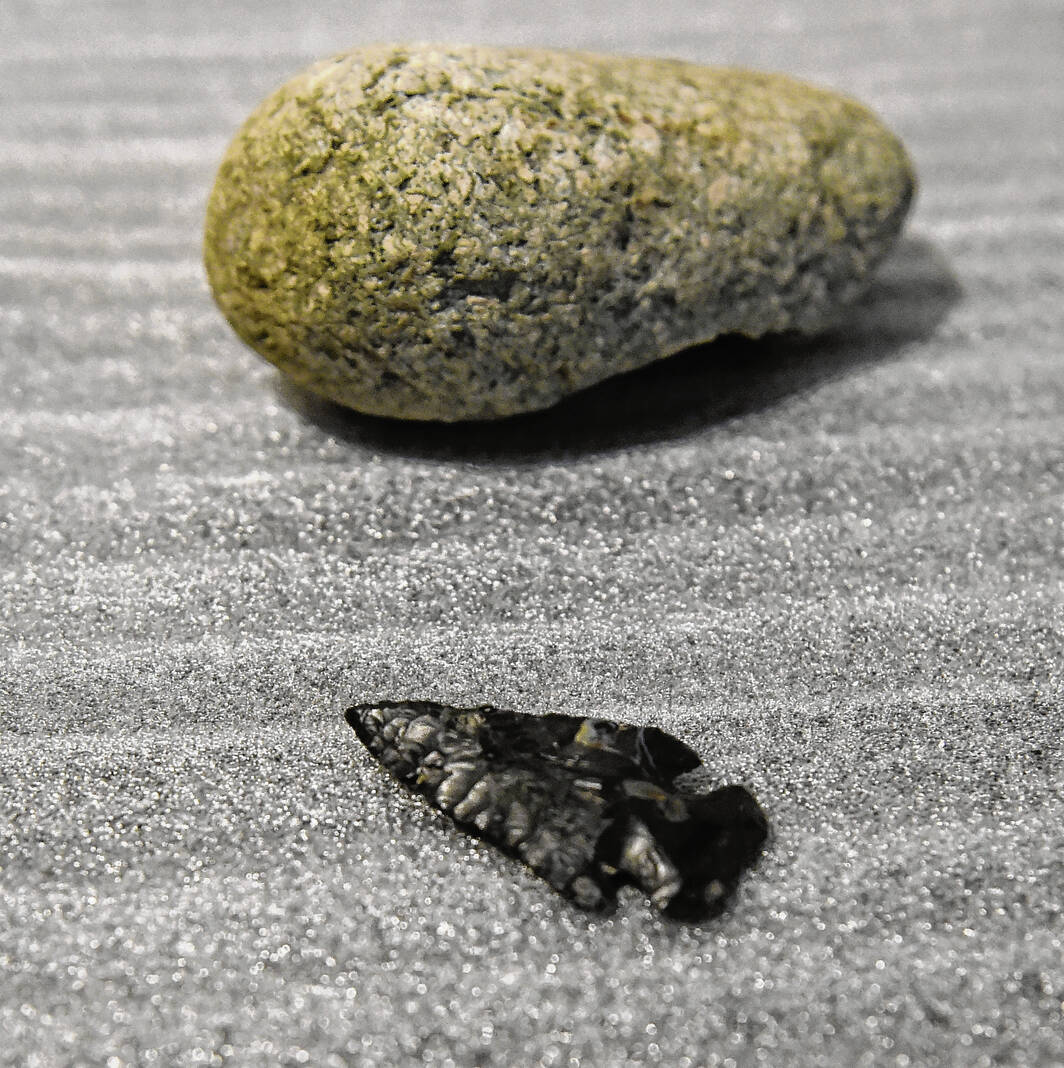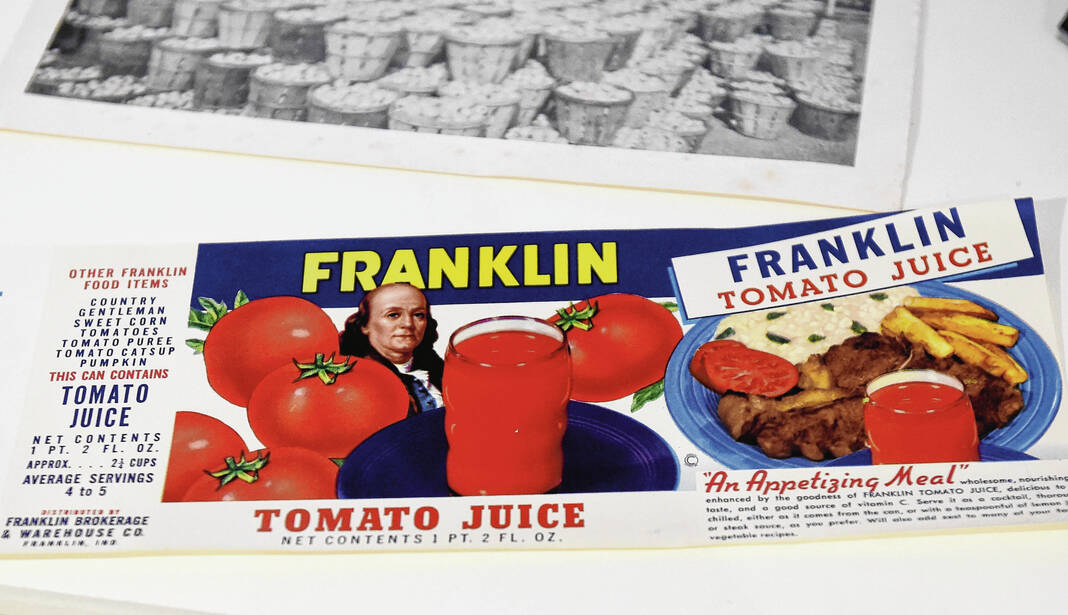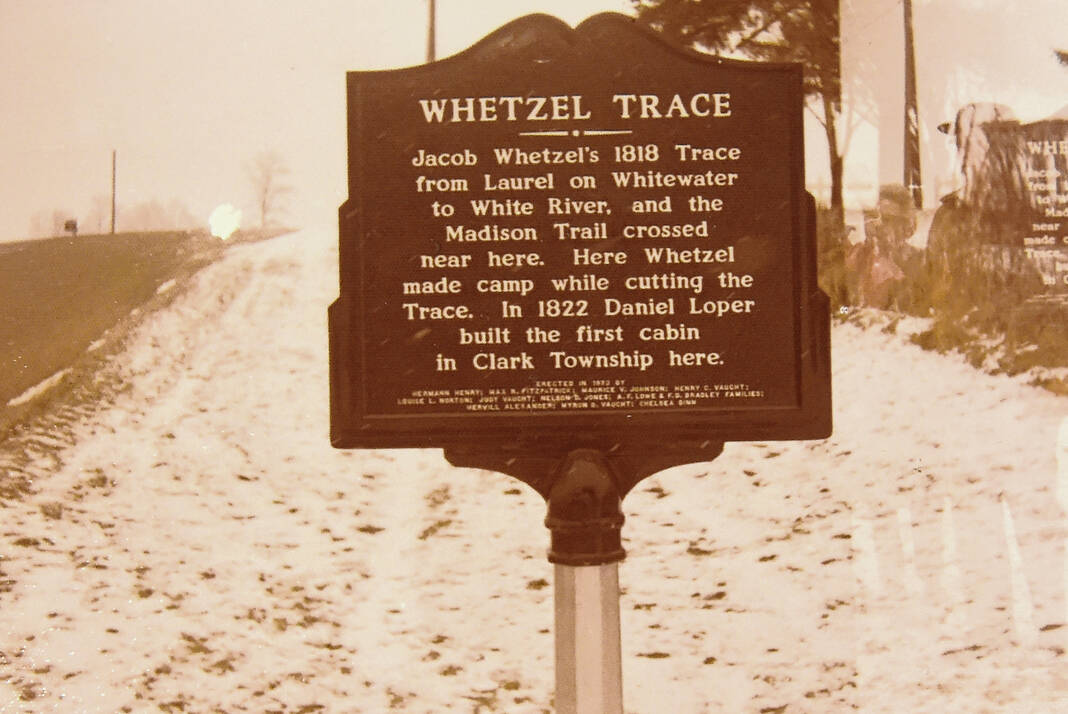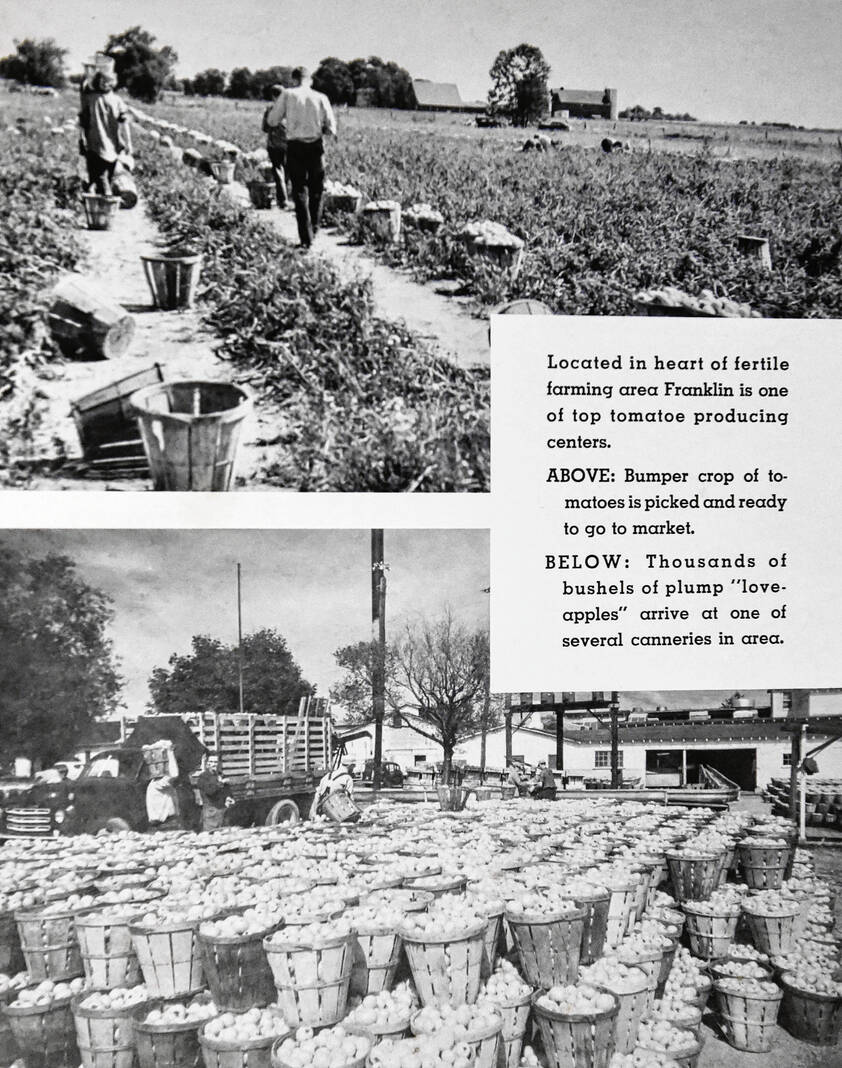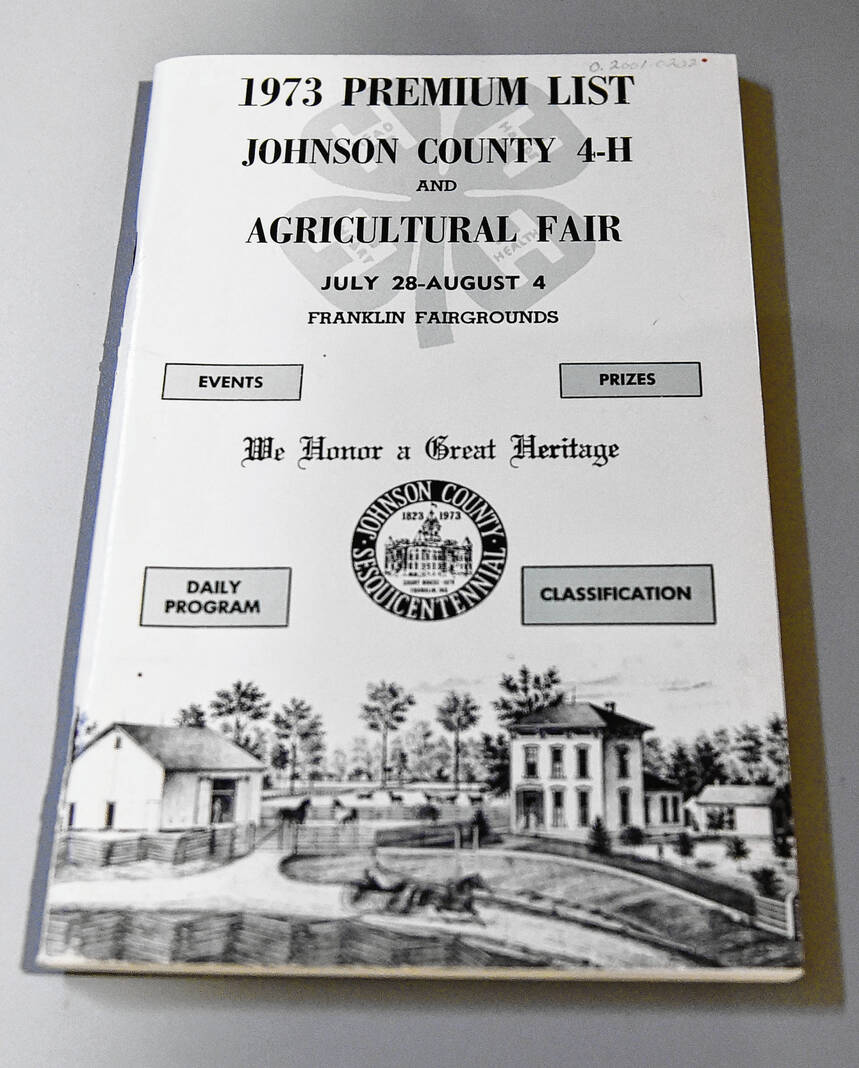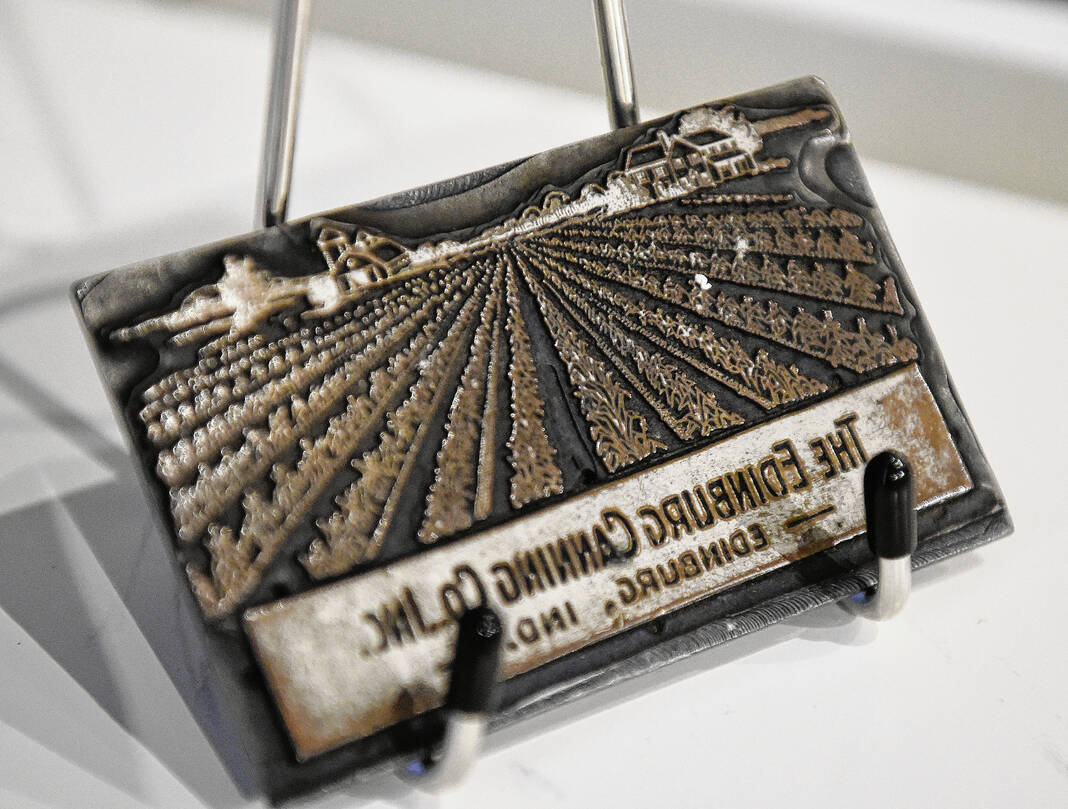Inside the Johnson County Museum of History, 200 years comes to life.
Arrowheads and other Native American tools speak to the original residents of central Indiana. Axes, pitchforks and other tools show how homesteaders tamed the land in the county’s earliest days. Items such as county fair ribbons and canning labels showcase ways of life that have shaped the community over two centuries.
Each piece of history is meant to help paint a larger picture.
“We hope people learn about some aspects of history they may have forgotten about or not known about,” said David Pfeiffer, director of the Johnson County Museum of History. “We want to get that broad scope of county history and see what all these different communities have to share and offer.”
The county’s bicentennial celebration rolls on this week, with the opening of the Johnson County Museum of History’s exhibition “Celebrating 200 Years of Johnson County History.” Museum staff have used its own collection, and items donated by the community, to tell the story of Johnson County — from its start as a frontier outpost to the bustling, modern community it is now.
“It’s what this year has all been building to,” Pfeiffer said. “We’ve been planning this for so long, and it’s finally here. It’s a little bit like looking forward to Christmas.”
Bicentennial celebrations have been ongoing throughout the year at the museum. Though the official kickoff was held in March, local officials have been weaving it into the fabric of life since the start of 2023.
Museum staff have put trivia and other tidbits on social media. A corresponding bicentennial exhibit for Franklin was held in April. Banners and artwork with the bicentennial logo are hard to miss.
So with this exhibit, Pfeiffer wants to give people something new to see and learn about.
“It was a little bit of a challenge having the Johnson County and Franklin bicentennial exhibits back-to-back, because there is so much that overlaps,” he said. “There may have been some things in the Franklin one that we wanted to talk about in the Johnson County one.”
To tell the county’s story, museum staff started with the beginning — its origins.
The credit for founding the county, as well as Franklin, has historically been given to George King. King came to the area with two other men, Garrett Bergen and Simon Covert, in 1822 from Kentucky, looking to purchase land in the newly opened territory.
They found a tract located between Youngs Creek and Camp Creek, which was described as “wooded with beech, sugar tree and poplar timber,” according to “Johnson County, Indiana, History” by Bev Hollanbeck.
On Dec. 31, 1822, King petitioned the Indiana legislature to form a county. The petition was approved, and it was proposed to name the new entity Johnson County, in honor of John Johnson, one of the first Indiana Supreme Court Justices.
Gov. William Hendricks appointed John Smiley to be the county’s first sheriff, and instructed him to hold county elections on March 8, 1823.
The bicentennial exhibit expounds on that account.
“We had already looked at the origins of Franklin, so we tried to look at more of the origins of the rest of the county as a whole,” Pfeiffer said. “And we wanted to show what Johnson County was like back then.”
One unusual aspect museum officials uncovered was the practice of “log rolling.” As opposed to the lumberjack practice of rolling logs in the water, the Johnson County version featured early settlers clearing land and turning it into a community celebration.
“This was a thing where they would cut down trees, and the ones they couldn’t use for timber or firewood, they would have people roll them off into an area where they could dispose of them,” Pfeiffer said.
Organizers also wanted to dive deeper into John Johnson, the namesake of the county. The Kentucky native had been active in Indiana politics, working on the codification of Indiana law in 1806 while also serving as a delegate for Knox County to the 1816 Indiana Constitutional Convention, according to the Indiana Law Review’s “Biographical Sketches of Indiana Supreme Court Justices.”
He died in 1817 after being named to the Indiana Supreme Court, never having the opportunity to deliver any significant opinions.
“He was kind of a mysterious figure, so that was kind of a challenge,” Pfeiffer said.
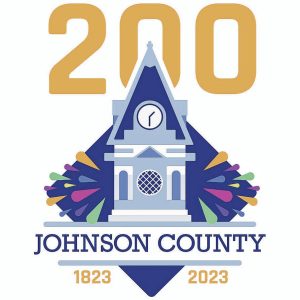 The exhibit takes visitors through other major parts of Johnson County history — the role of the canning industry, or the ways the military shaped the county, from early Revolutionary War and War of 1812 veterans who settled here to Camp Atterbury.
The exhibit takes visitors through other major parts of Johnson County history — the role of the canning industry, or the ways the military shaped the county, from early Revolutionary War and War of 1812 veterans who settled here to Camp Atterbury.
An interesting angle is how the county fair has been a center point for the whole community for nearly its entire history.
“We do have one of the largest county fairs in the state, so that’s always a fun one,” Pfeiffer said.
Exhibit organizers didn’t simply want to look in the distant past; they also wanted to showcase some more modern aspects of the county. One section examines the Greenwood Park Mall, which, when it opened in 1965 revolutionized community gathering and commerce.
“People don’t necessarily focus on how that changed county history,” Pfeiffer said.
IF YOU GO
“Celebrating 200 Years of Johnson County History”
What: A special exhibition created to recognize the county’s bicentennial
When: 6-8 p.m. Thursday; a members-only opening will start at 5.
Where: Johnson County Museum of History, 135 N. Main St., Franklin
Cost: Free and open to the public
Information: johnsoncountymuseum.org


